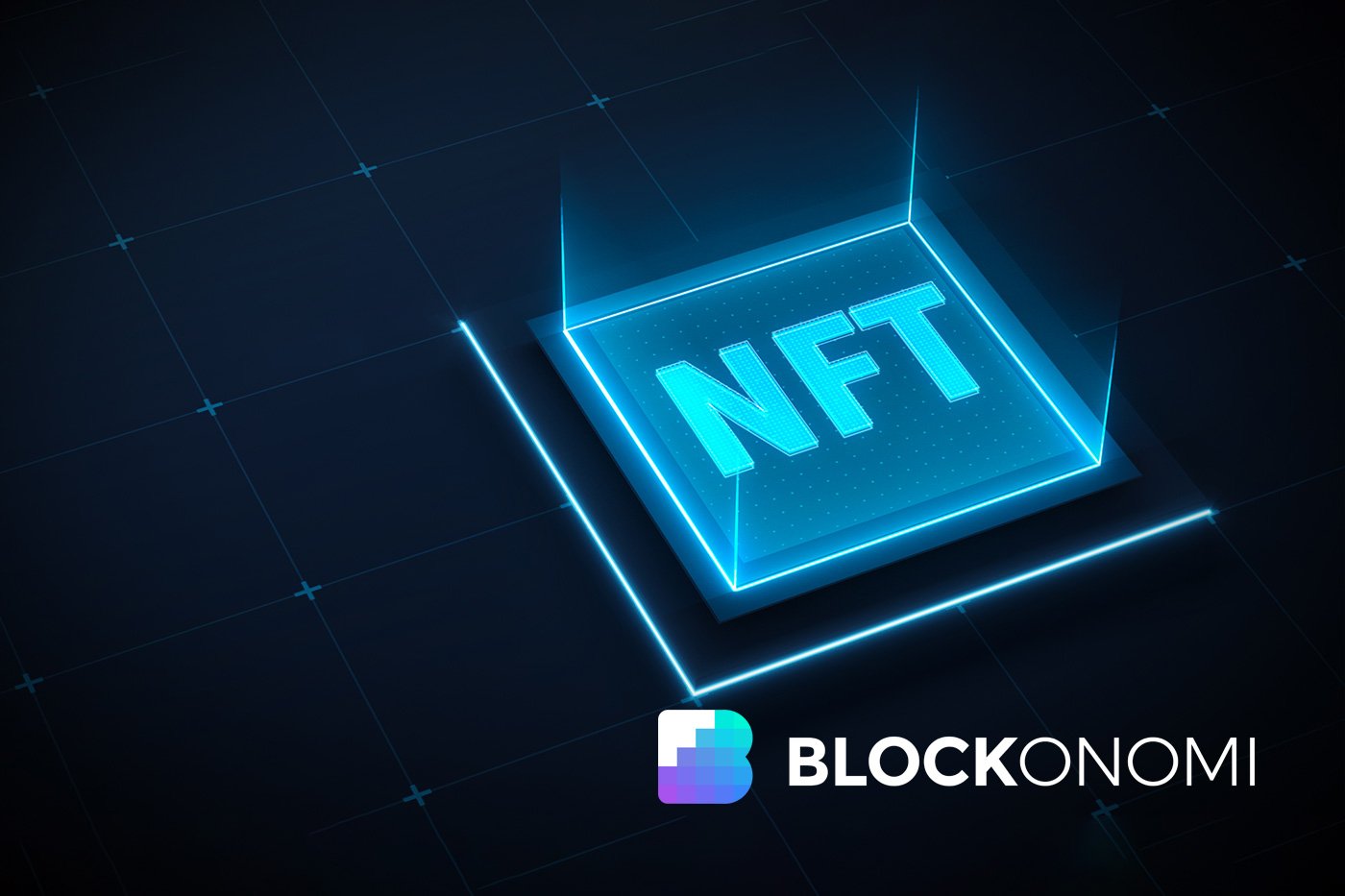The recent network collapse and gas price surge linked to non-fungible tokens on Solana and Ethereum has raised many questions.
Given that both blockchains are leading the NFT game, users currently have no other alternatives.
Of course – we are at the beginning of a digital revolution. Which platform makes more sense – and where are they going?
Let’s take a look.
Solana and the Blockspace Problem
Solana’s outage last Saturday hit the market in a big way.
The network collapsed for 7 hours from Saturday to Sunday due to massive transactions from NFT mint bots.
Furthermore, the huge transaction record was likely the main cause, with 4 million transactions per second, leading the whole network to congestion.
As such, the validators failed to reach consensus, resulting in Solana’s shutdown.
In less than 24 hours, Solana officially announced that the problem was fixed, and the network returned to normal operation within a few hours.
However, Ethereum’s biggest rival couldn’t stay away from being criticized since Solana had called for validators to block NFT transactions sent by bots in order to relaunch the network.
In other words, this solution made the so-called decentralization seem like a centralized decentralization, causing Solana to lose ground of the community.
Not a New Issue…
This is the seventh time this year Solana network has been shut down.
Between January 6 and 12, 2022, the network experienced a similar issue. In early 2022, there were more than 29 hours of Solana downtime, recorded between the 21st and the 22nd of January.
This was due to excessive duplicate transactions causing network congestion. The increased interest in Solana-based NFT could be the key driving factor that has led to the rebound of action on Solana.
Solana-powered NFT protocol Metaplex also recently confirmed the cause of recent crashes on the network was partly from bots on their apps – Candy Machine hoarding bots – a software program used by Solana NFT projects to launch collections.
Solana said that “highly computational transactions” reduced network capacity to “several thousand” transactions per second (TPS), much lower than the advertised 50,000 TPS.
Ethereum and Gas Fee Problems
The Ethereum gas fee is notoriously high, making it a long-term pain for any traders familiar with the network.
From the beginning of 2022, Ethereum’s gas fee has decreased and the community started to expect an affordable future scenario of the price.
Until one of the most well-known NFT collections progressed.
Yuga Labs, the company behind Bored Ape Yacht Club, released Otherdeeds – virtual plots in the upcoming Metaverse Otherside project – on Sunday.
The transaction was a huge success, bringing in over $300 million.
However, it resulted in a serious problem: exorbitantly high gas fees.
The bidding war drove gas prices to new highs, collapsing Etherscan, with some people paying thousands of dollars to mint an NFT but failing miserably.
Even if Otherside’s first NFT sale brought Yuga Labs almost $320 million in income over the weekend, this is a major turnoff.
Yuga Labs has announced that anyone who were unable to purchase land in the Otherside metaverse project owing to Ethereum network congestion caused by the NFT minting process will be refunded their gas expenses.
The Best Solution?
A trilemma in economics says that it is impossible to execute three policies at the same time: a fixed exchange rate regime, an independent monetary policy for price stability, and self-sufficiency. because of capital movements
There is a similar trilemma in Blockchain, which includes scalability, security, and decentralization.
At least for the foreseeable future, achieving all three is unattainable. However, there are still hopeful developers who believe that we can build a blockchain network that includes all three.
Currently, all blockchain consensus technologies, including Bitcoin, Ethereum, and Ripple, face a tough limitation: scalability.
Consensus systems offer some significant advantages, particularly in terms of security and authenticity, but at the sacrifice of scalability.
The amount of transactions that the blockchain can handle is limited by the number of nodes that participate in the network.
But, even with a blockchain with high scalability and cheap fees, such as Solana, there is a problem with blockspace.
The good news is that none of these problems existed in 2017 – when everyone thought that BTC topped out at 20K USD – and would never return.
One wonders where BTC prices will be when these problems are solved…







































